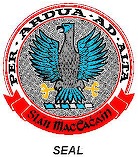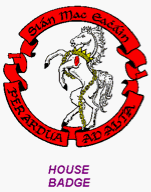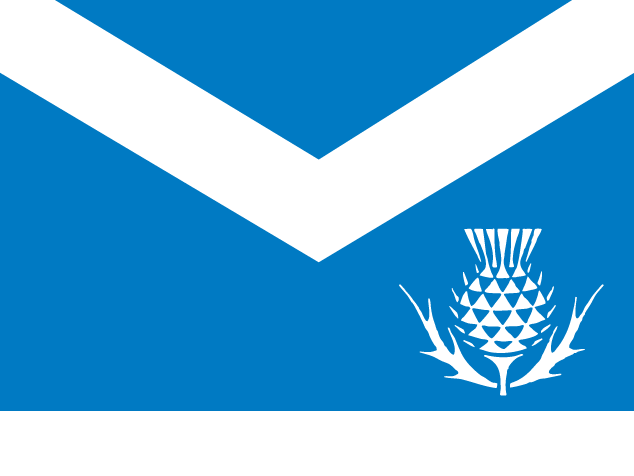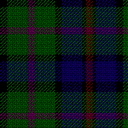
Clan MacEacain
Clan MacEacain Genealogy Website The baronial and dynastic family of McCaughan derived its lineage from the indigenous nobility (nobiles majores) of the ancient Kingdom of Galloway, through Eachain, the progenitor of the MacEachains. Eachain, a prince of the Pictish race of Scotland and Dal-n-Araidhe in the Counties of Antrim and Down, Ireland, was the son of Iriel Glumore, the twenty-third King of Ulster and his wife Locetna, the daughter of Eochy, King of the Picts in Alban, now Scotland.
Dal-n-Araidhe, or as it is now commonly recorded Dalaraidhe, was the last Pictish Kingdom in Ireland. Geographically, Dalaraidhe extended northward from the base line drawn through Carlingford Lough and the town of Newry in County Down, with the Bann River to Lough Neagh and west, and the Irish Sea and North Channel on the east, and the Glenavel River on the north.
As the name implies, this part of Ireland was named after Araidhe, King of the Picts (Rex Piotorum) who was slain about 248 A.D. by the Heremonians or Scots as they advanced north into Dalriada, the next kingdom north and from whence they, or their representatives, passed over into the, now Kingdom of Scotland.

The tribal name is still represented in the ancient territory of Dalaraidhe by the place named Ivahagh, in County Down, the Gaelic name of which is Uibb Eachach, pronounced Ivahagh, but now contracted to Ivagh. There are many more places in this area that contain the Gaelic tribal word or name EACH which is record in English as AUGH. However, each case where the word is used in a place name must be judged on its own merits as to meaning, for it would not be quite correct to imply that the word Each has the same significance in all instances for it is governed by its prefix or suffix. Eachain in itself is in reality a tribial designation, which is derived from the middle Gaelic name Eachuinn and anciently Eqo-donno-s, meaning the Horse Lord, or more properly translated, the Lord or Chief of the Horse Tribe; the horse, in Gaelic Each, being the totem of their tribe. The custom of a tribal totem stems from very early when most Celtic tribes took a noted animal, fish or fowl as their totem (hereditary emblem) which, in many instances, as in that of McCaughan, became the surname of the leading family of the tribe.
[
More information]




